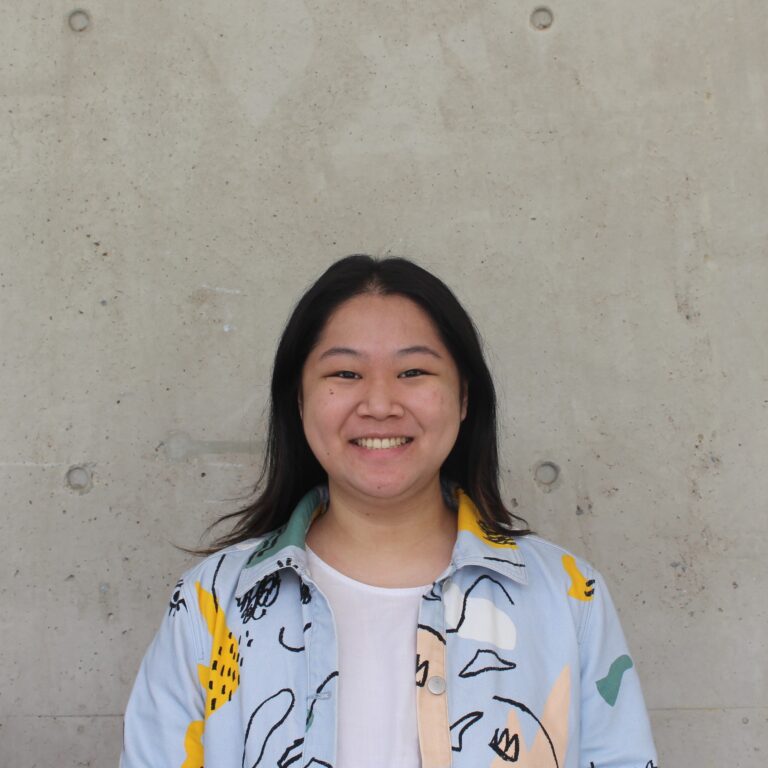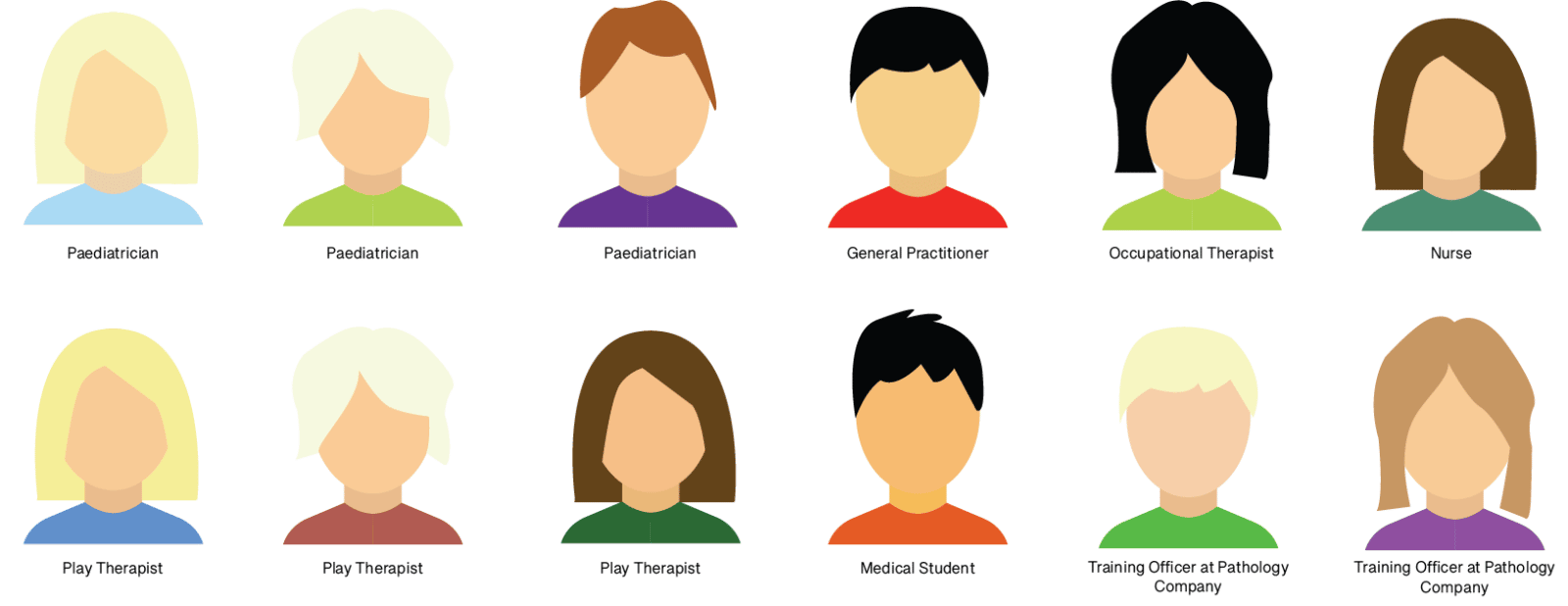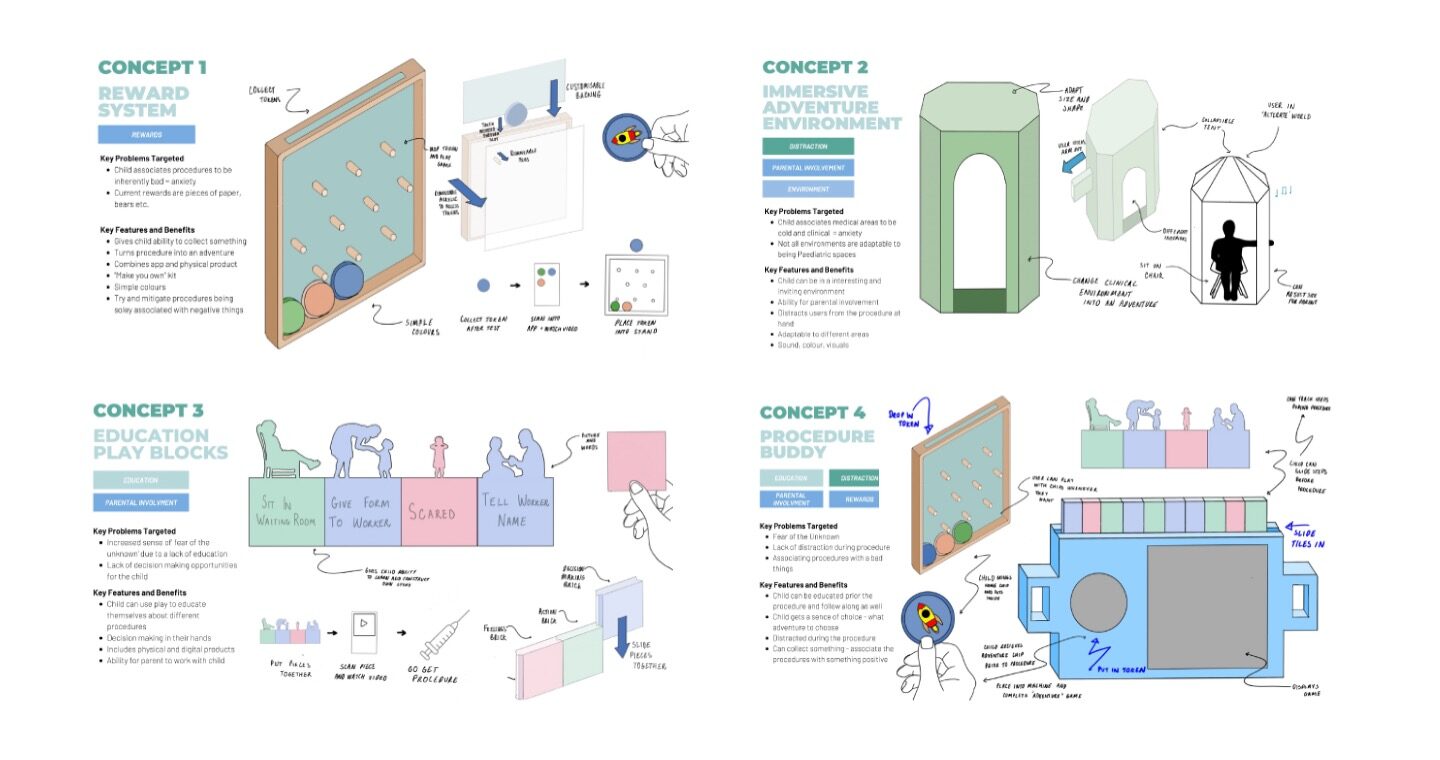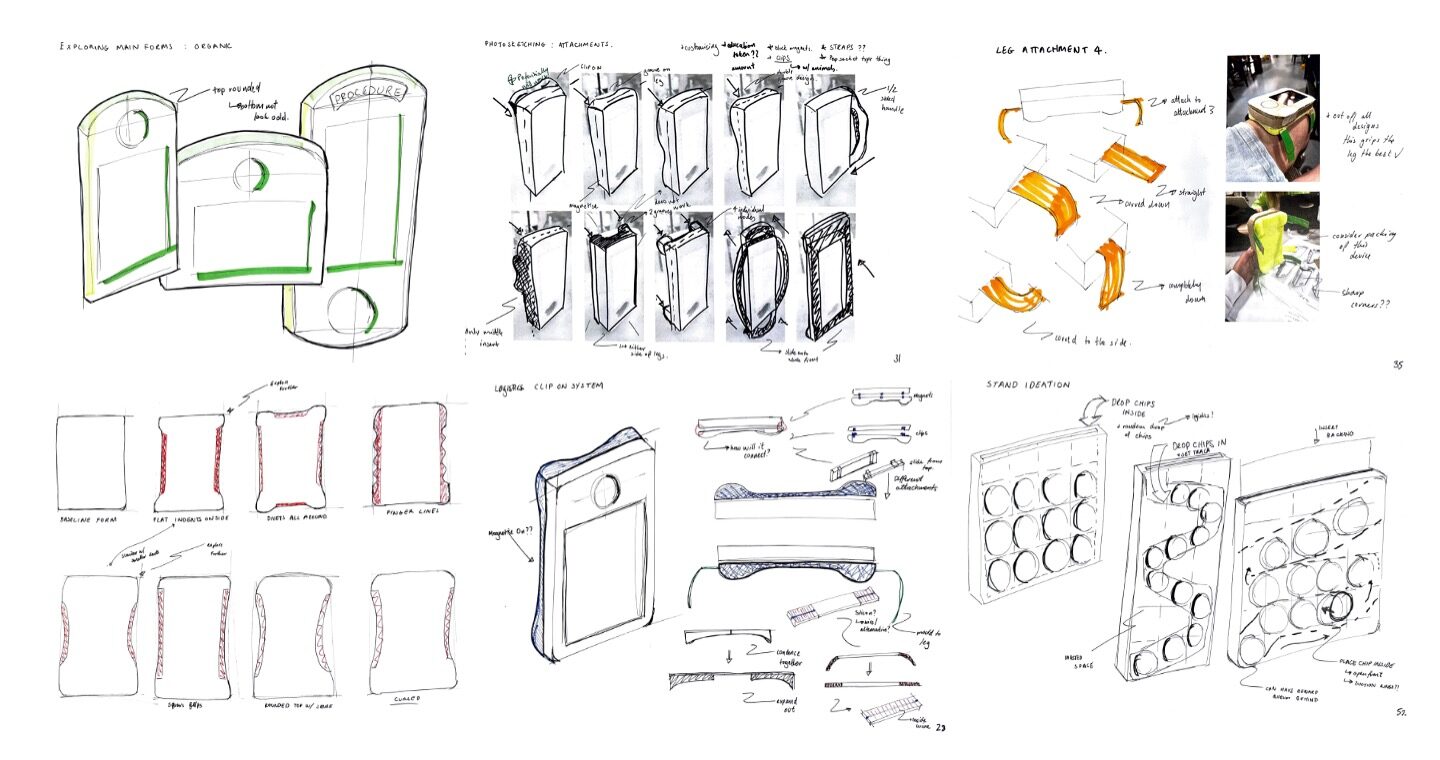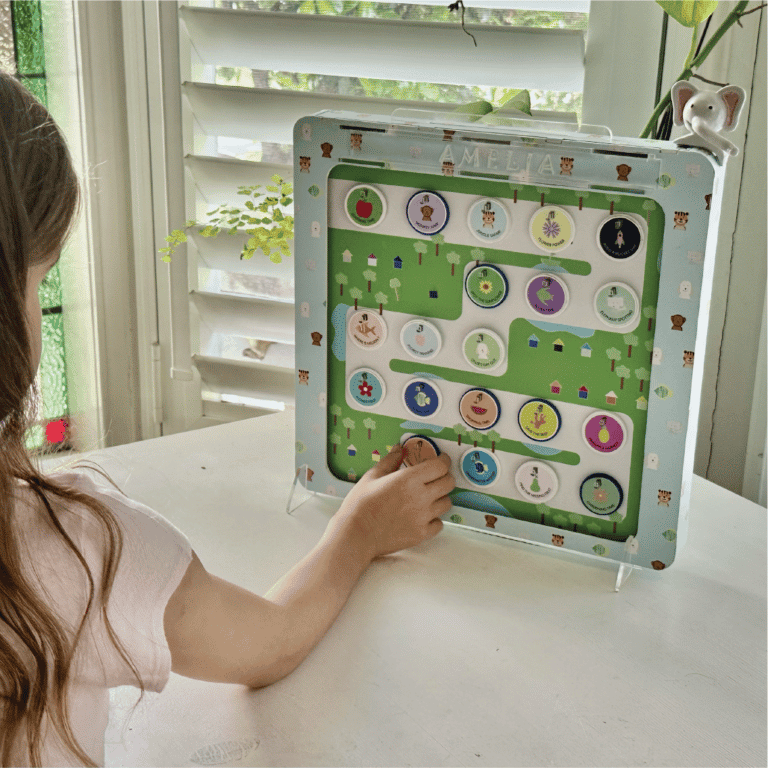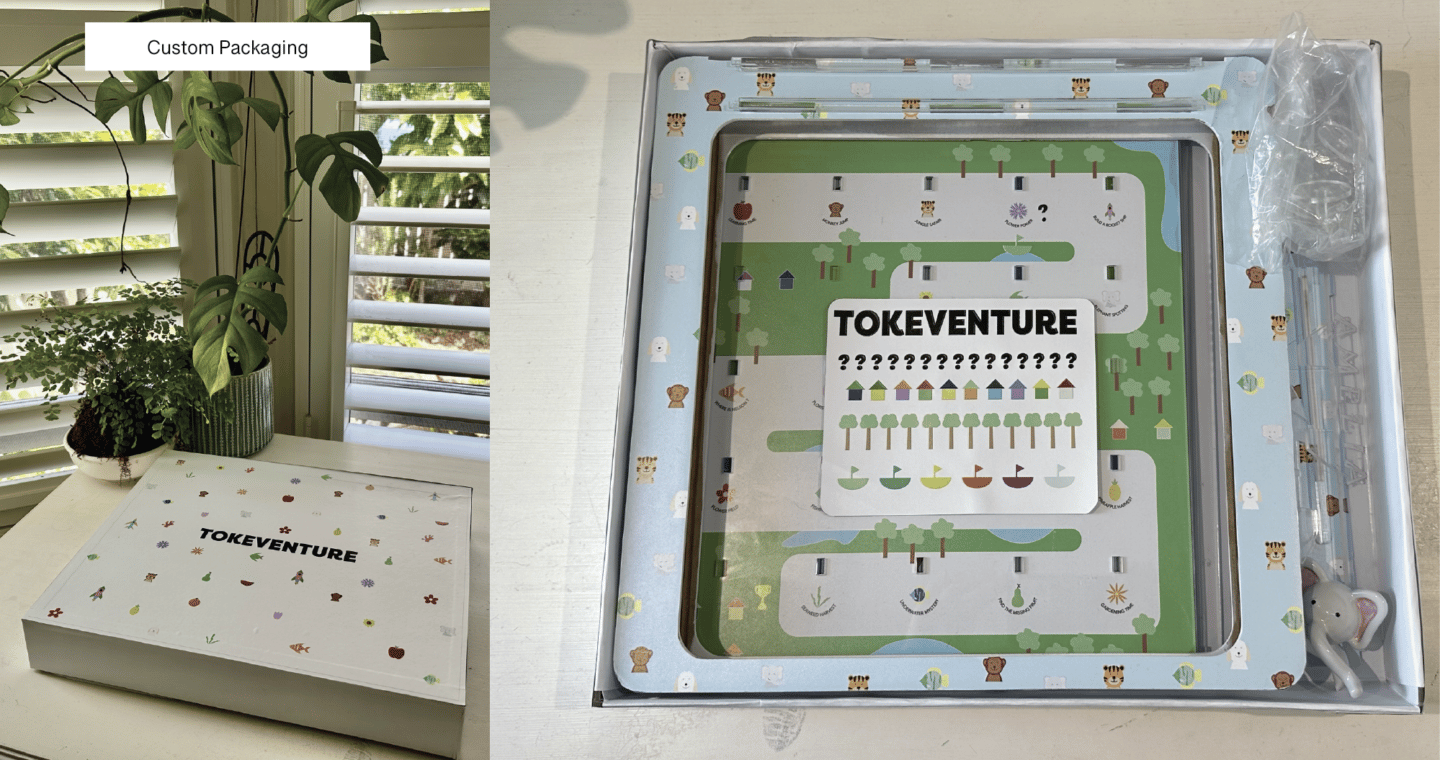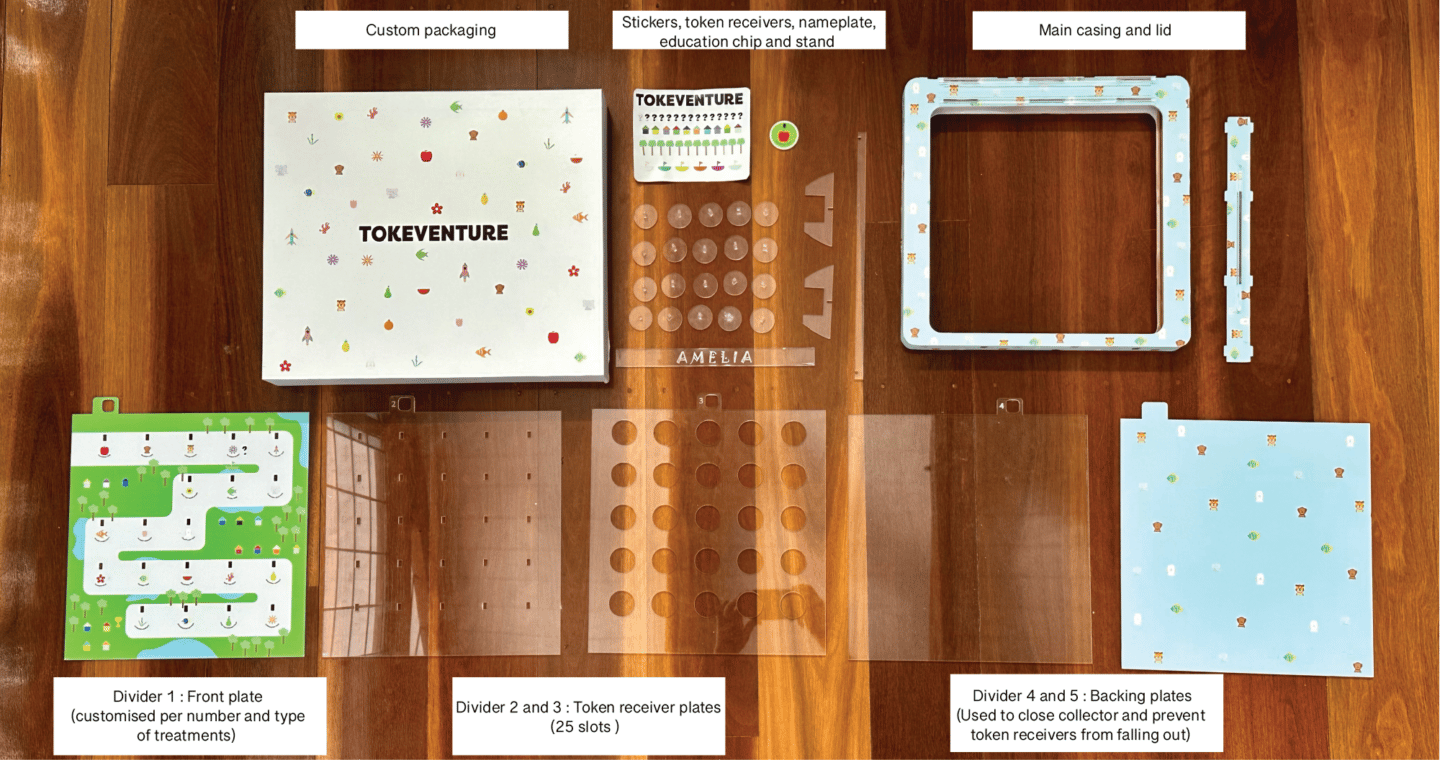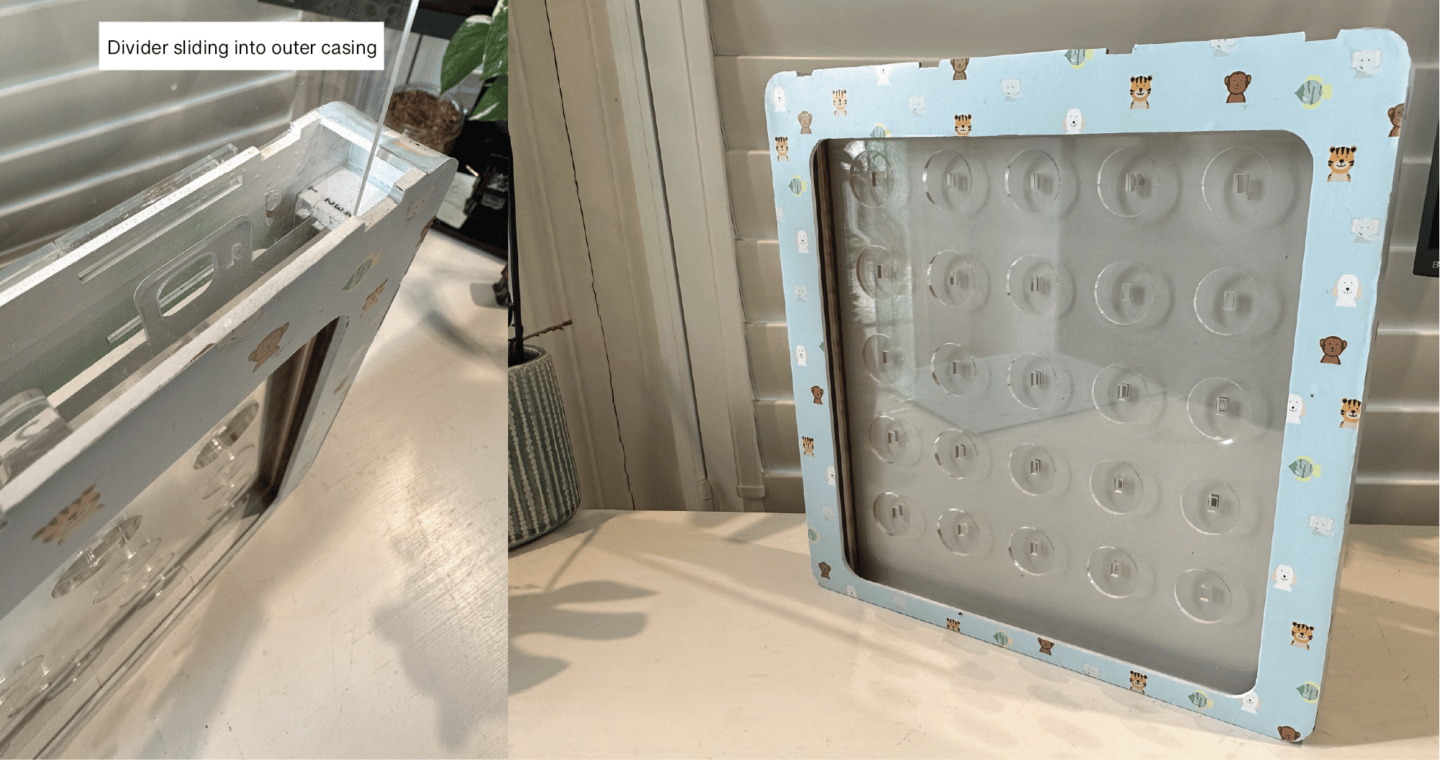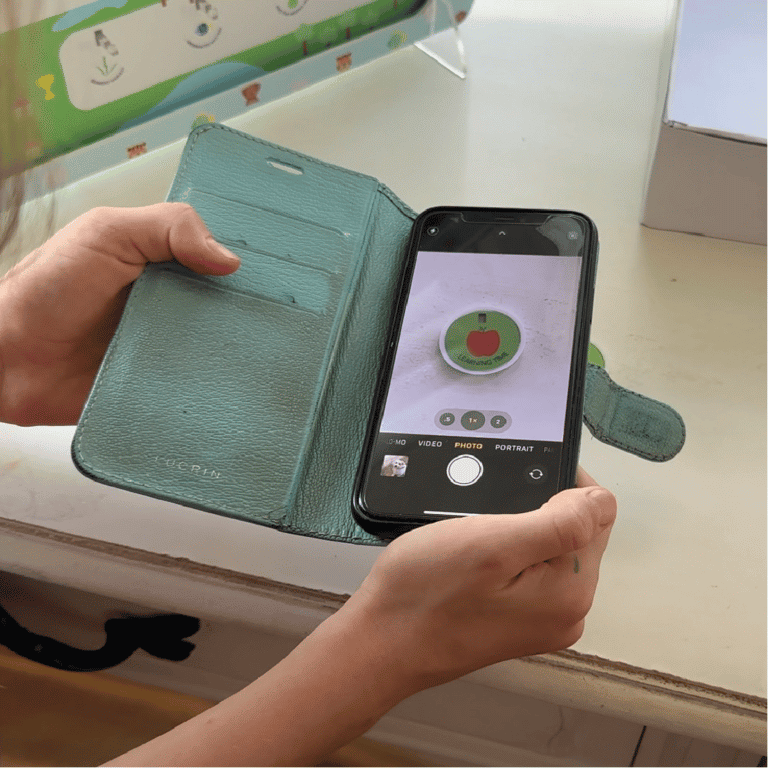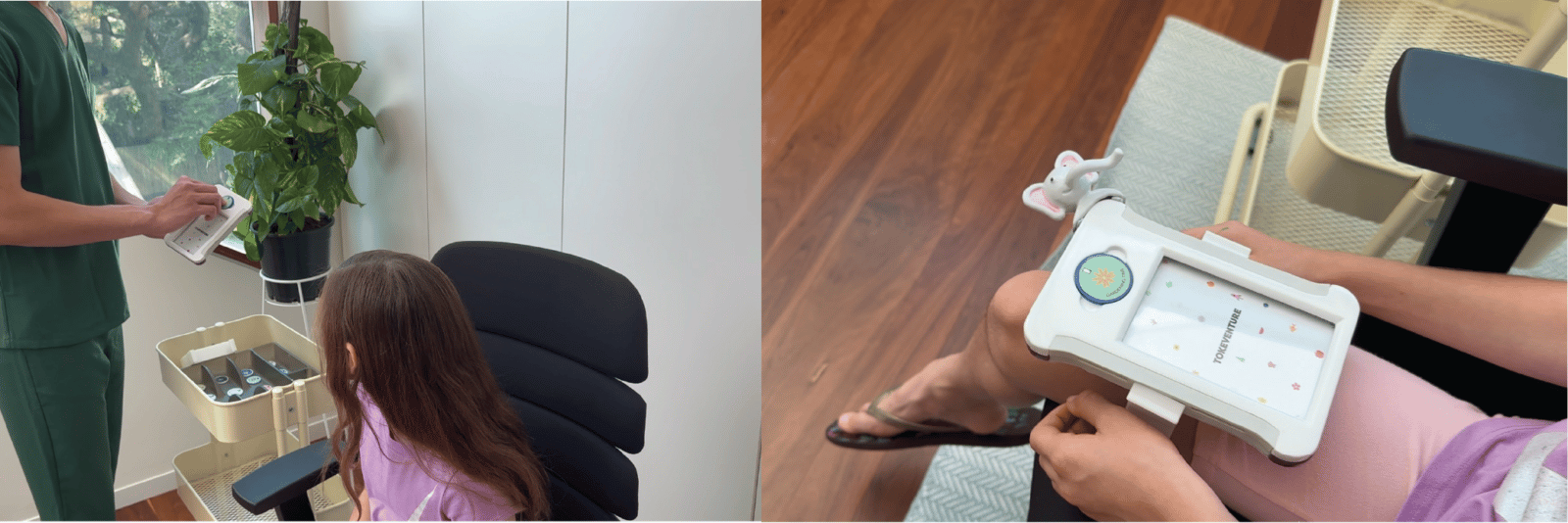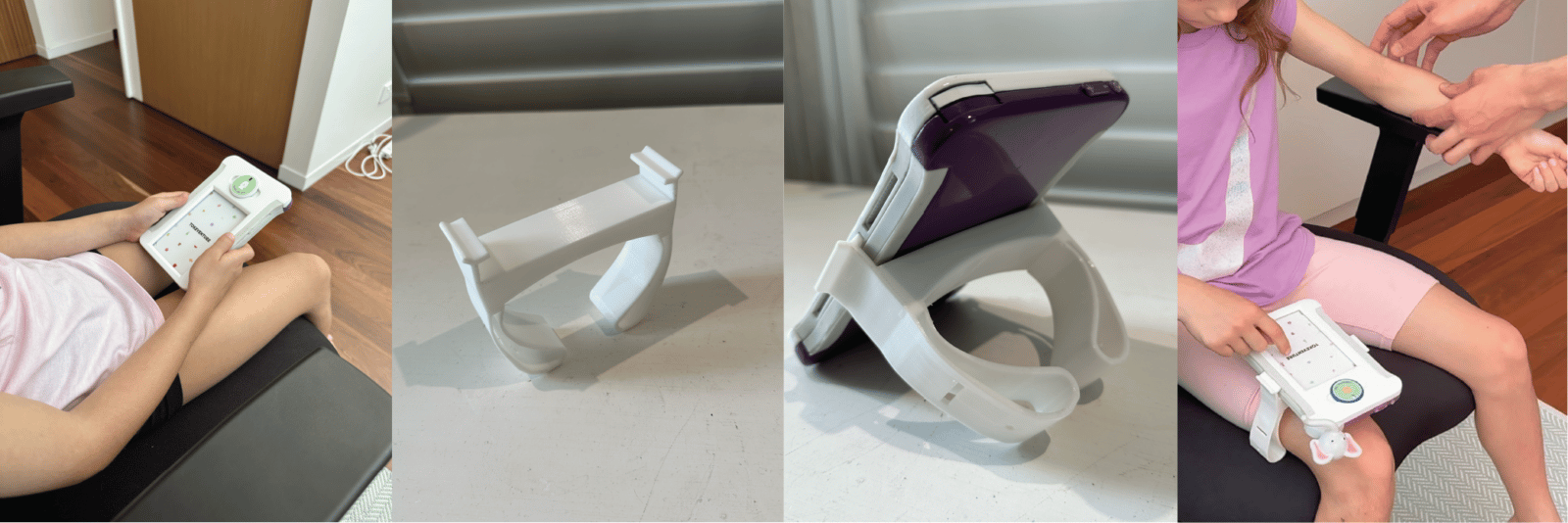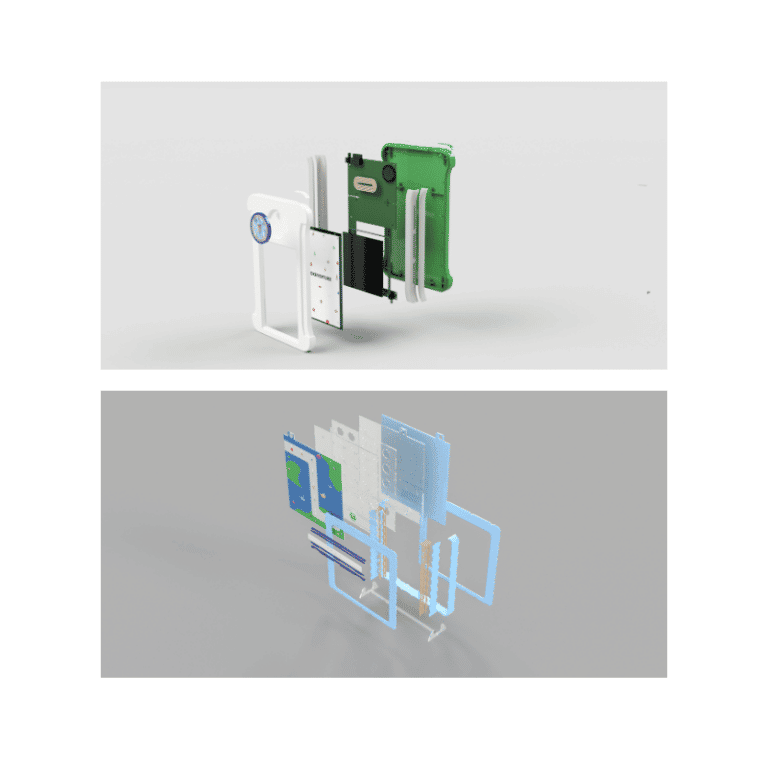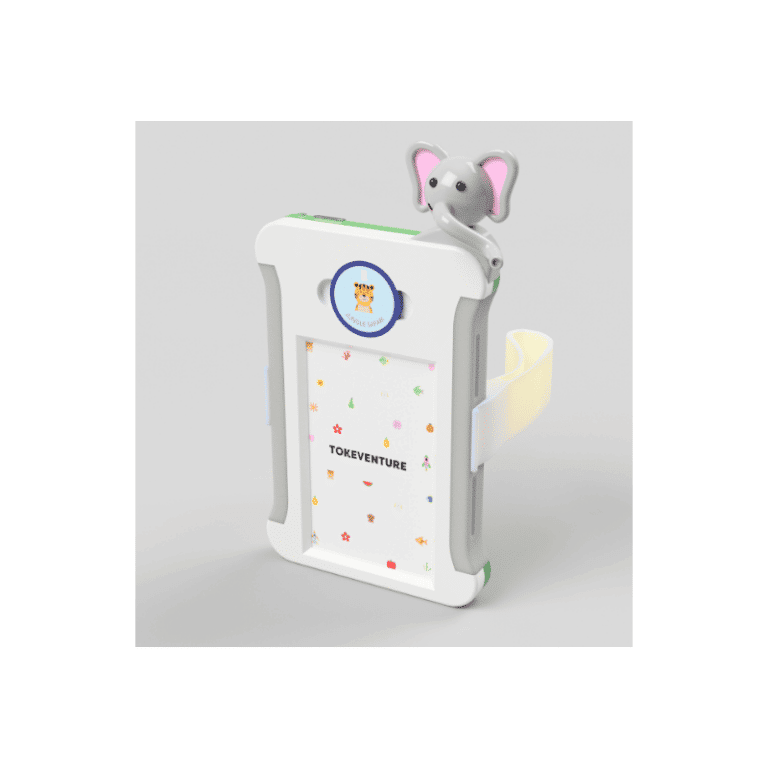identified problem
Paediatric procedural anxiety (PPA) occurs when children experience anxiety when admitted to hospitals and clinics for procedures, check-ups and investigations. Through this, they may experience exemplified pain, fear and distress. Increased PPA can cause the child to not cooperate with treatment, leading to worse or delayed treatment outcomes.
PPA is highly prevalent in children with long-term medical conditions. This can include cancer patients that require rounds of chemotherapy and chronic illness patients that may need constant blood tests. Therefore, it becomes increasingly important to reduce the anxiety experienced by these children to increase their trust and comfort in medical-related procedures.
This, therefore, leads to the research question of how paediatric procedural anxiety can be reduced for children (aged 3 – 7yrs) with long-term medical conditions that require constant treatment and monitoring.
The research behind tokeventure
Both primary and secondary research was conducted. Primary research was done with the utilisation of a literature review. Once complete, 2 surveys were created. One focussed on one’s built environment and its relation to emotions (2 responses – architects) and the other focussed on paediatric procedural anxiety in medical settings (18 responses – surgeons, medical students, GP etc.). After both of these methods were complete, 12 interviews were conducted with individuals that had experience with children in medical settings (breakdown shown in the image).
Summary of Findings and Design Opportunities
After the research was complete, various types of analysis were conducted. Based on this, various findings were analysed concerning paediatric procedural anxiety. These are summarised in the flowchart.
This opened up design opportunities in relation to decreasing anxiety. Particularly products that tackled education before a procedure, distraction during a procedure and rewards after a procedure.
Research Report
Initial Sketching, prototyping and fabrication
Full Development Record
Introducing Tokeventure
Tokeventure in Context and Assembly of parts
Token Collector – How Tokens are Displayed
Customisation, Packaging and Assembly
The collector comes inside a custom box. The outer casing of the collector is customised with a vinyl wrap per the child’s preference (decided when the kit is ordered through their doctor – $10 – 15 per kit). The child will also receive a custom nameplate and stickers to personalise their collector. The whole kit is laser cut using acrylic and MDF, making it extremely easy to assemble due to its flatpack nature.
Customised for Different Medical Treatments
Each kit is customised with a front plate that is made based on the procedure that they must undergo. For example, an Acute Lymphoblastic leukaemia patient requires 3 drip treatments every month, for 5 months in addition to constant blood testing. Therefore, the first front plate shows the progress of this treatment in that it is made up of 20 tokens (1 learning token, 15 treatments and 4 blood tests).
The printed journey behind the tokens allows the child to track the progress of their procedure and also allows them to track the rewards that they may receive. Both of these things help with positive associations around procedures.
Mobile Application
Token Player – How Tokens are Earnt
Process
Once the child arrives at the medical treatment area, the medical professional will set up the device by adding the next adventure token needed on the token collector. The token will then be placed into the token player slot and then it is ready to play. Once the child has completed the adventure, they can take the token home, scan it into their app and place it on their collector.
Accessibility
The token player can be used in numerous settings dependent on the situation. The silicon edges allow the device to be comfortably held in two hands. Using the custom leg stand, the device can be put on the child’s leg if only one hand is available to play with the device (e.g. during a blood test). This ensures the device does not fall off.
The leg stand can also be used to prop the device onto a table. The stand allows the device to be viewed from three different viewing angles. In the future, the slots that hold the stand can also be used to hold wheelchair-compatible accessories.
Customisation
Dependent on the medical practice or hospital that buys the device, the token player can be made into different colours. This device would be injection moulded, allowing for endless customisation opportunities.
The Games
Adobe Xd was used to prototype various games. These short-form games can easily be made and stored on an NFC token.
Manufacturing considerations
Overall Impact


